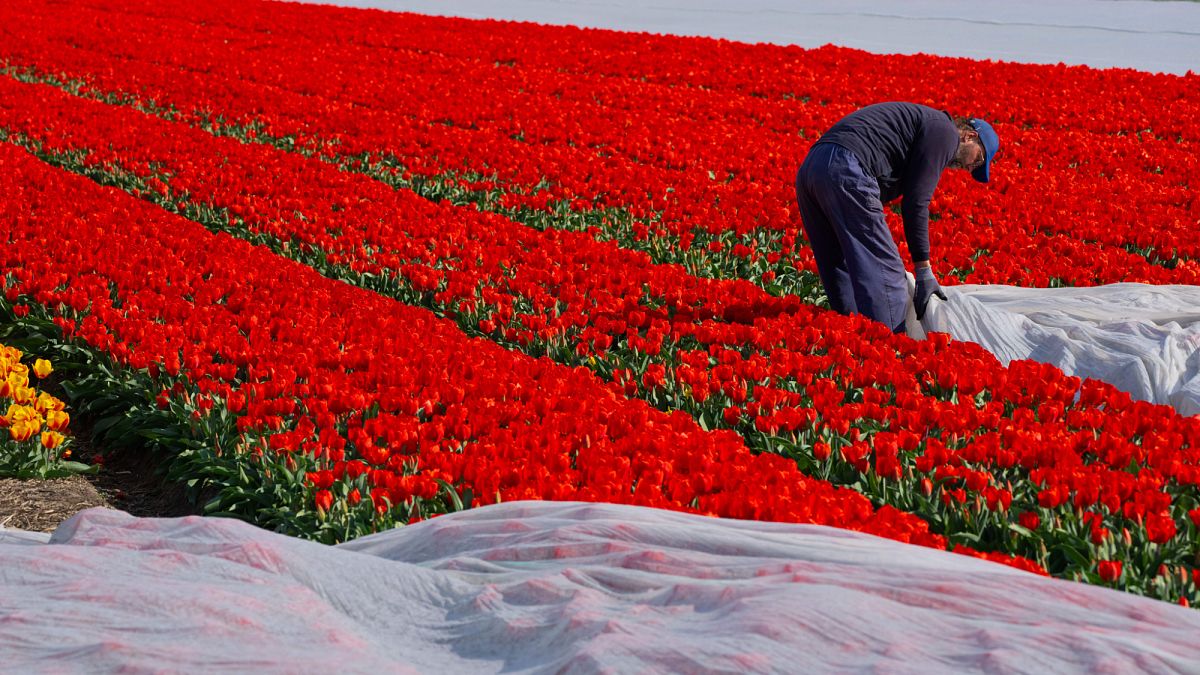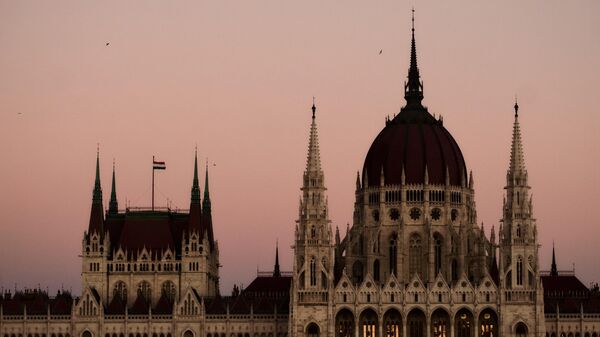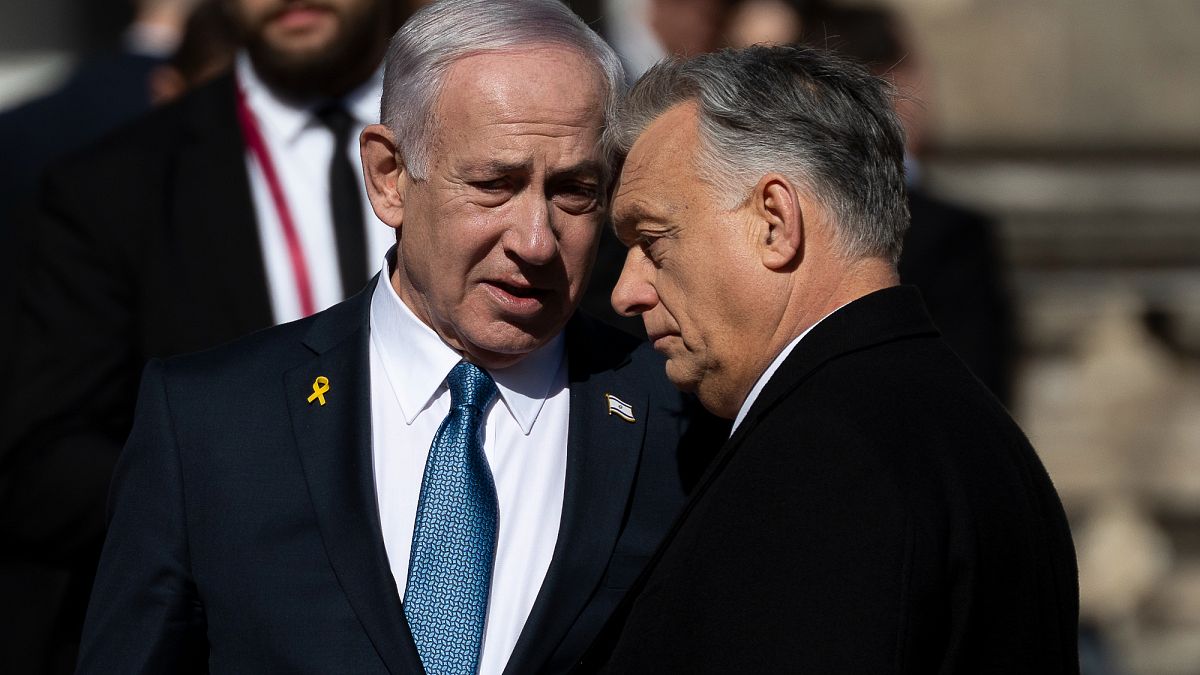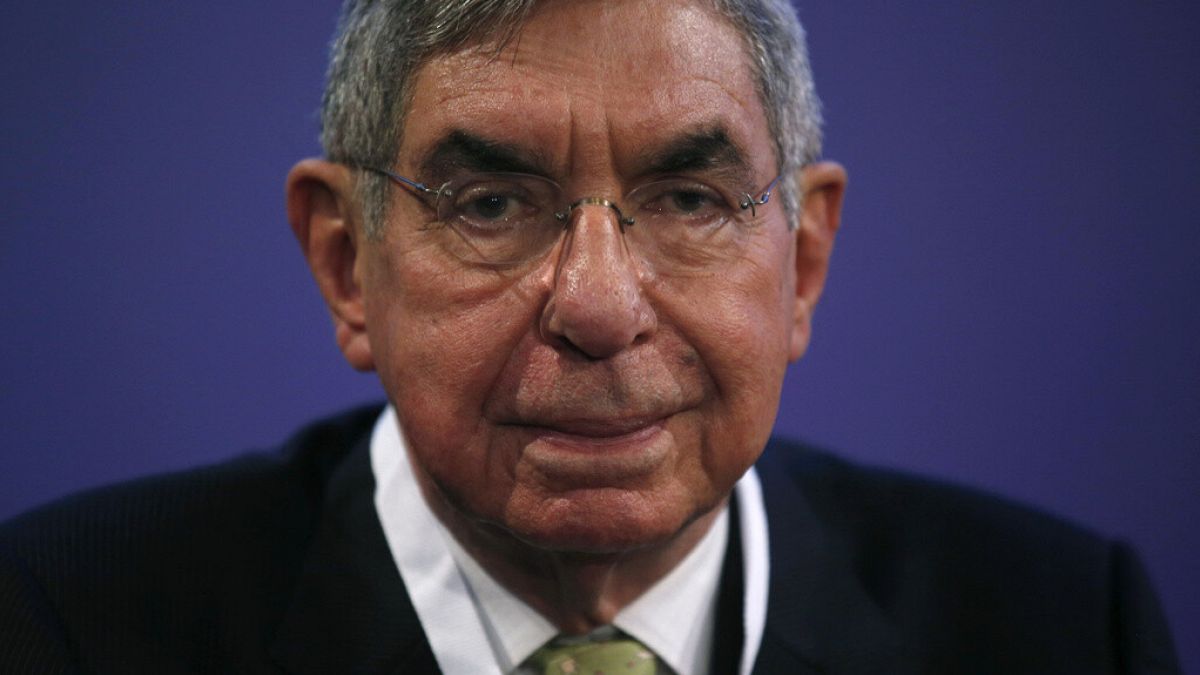Conflict between Israeli forces and Iranian-backed Hezbollah militants is escalating in southern Lebanon as the IDF seeks to widen its military front.
Despite US efforts to broker a ceasefire in Lebanon between Israel and Hezbollah, Israeli forces are continuing to expand their operations against the militant group with heavy airstrikes and increasing ground incursions into Lebanese territory.
The current proposal to end the conflict is similar to the deal that ended the last Israeli-Hezbollah war in 2006. It calls for an initial 60-day truce, during which Israeli troops would withdraw from Lebanon and Hezbollah remove its armed presence along the nation's southern border.
US envoys were in Israel to discuss the proposal last week, but its current status is now unclear in light of Donald Trump's victory in the presidential election on 5 November.
The diplomacy comes as fighting intensifies between the Israeli Defence Forces (IDF) and Iranian-backed Hezbollah militants. The ever-escalating conflict, now in its thirteenth month, started when Hezbollah fired rockets at Israeli targets in the aftermath of Hamas' 7 October 2023 attack — the massacre and mass kidnapping in southern Israel that sparked the war in Gaza.
One of the main hotspots in Lebanon is the southern town of Khiam, which is located 6 kilometres north of the Israeli border and carries both strategic and symbolic importance.
Hezbollah has recently reported heavy fighting with Israeli troops in and around Khiam, which represents the IDF's deepest incursion into southern Lebanon since it launched a ground operation at the end of September.
While Hezbollah is capable of damaging Israel and its forces with missiles and drone systems, military analysts say the militant group could struggle to maintain control of Khiam given its tactical significance as well as the IDF's array of high-tech weaponry.
Agnés Hélou, a Lebanese analyst from Breaking Defence, a defence and security news outlet, says that Unmanned Ground Vehicles (UGVs) have been identifed around Khiam.
"We have seen the presence of UGVs like the M113, an (old) armoured vehicle ... that the Israelis transformed into an autonomous (operating) system," she told Euronews.
"This can be used for surveillance or it can be exploited as a suicide land drone, like a suicide armoured vehicle that can explode."
Yossi Kuperwasser, a former Israeli military intelligence chief and senior official, said Israel had UGVs that can be "used for different purposes", including fighting in towns.
Yet Kuperwasser — who is now an Israeli intelligence and security expert — said he could not "go into the technical procedures" or give any further details.
Growing Israeli incursion
Taking control of the Khiam area is a priority for the IDF for two key reasons, analysts say.
Firstly, the region is home to Hezbollah tunnels and hideouts. Secondly, occupying Khiam would allow the IDF to open a wider front against Hezbollah. According to according to Kuperwasser, the line would stretch from southern Lebanon to the Israeli-occupied Golan Heights.
“(Khiam) and the area in its vicinity is geographically located in a strategic point in southern Lebanon," he said.
"This entire area is mountainous, and that's why controlling the villages and the roads there is very important (for the IDF)," Kuperwasser explained, adding that the area would also be seen as a gateway to the Shebaa Farms, a 39-square-kilometre patch of land along the Israeli-Lebanon border that Israel has controlled since 1967. Both Syria and Lebanon claim the territory is Lebanese.
Kuperwasser says the IDF's official goal is to eliminate Hezbollah's ballistic arsenal with surgical operations, using advanced weaponry and innovative AI systems to take out the militants' missiles and drone fleets.
Although Hezbollah's overall military capacity pales against the IDF's, the group is considered by conflict experts to be the best-armed non-state actor worldwide.
"Mainly they are using short range missiles that they are launching from nearby villages to the places where the attacks or the ongoing clashes are taking place," said Hélou.
But experts say Hezbollah also has medium- and long-range missiles that are capable of hitting targets and infrastructure across Israel — and Kuperwasser said Israel is seeking to gain ground in Lebanon and expand its front because the IDF had "underestimated" the range of some of Hezbollah's weaponry.
For instance, Hezbollah's long-range anti-tank missiles are able to hit targets up to 9 kilometres away, about double the range that the IDF had previously expected, he said.
"This gives a different depth to the battlefield," he added.
Ultimately, the Biden administration has said it hopes a ceasefire can prevent the fighting in Lebanon from becoming as destructive as the conflict in Gaza.
More than 3,000 people have been killed by Israel's incursions and strikes, and at least 1.2 million have been displaced, mostly in recent months, according to the Lebanese government.
The latest exchanges of fire between the IDF and Hezbollah have been bloody, with Lebanese authorities saying at least 20 people were killed on Tuesday following an Israeli airstrike on Barja, a town just south of Beirut.
On Wednesday, Israel's troops carried out strikes on the southern city of Nabatieh — just 25 kilometres from Khiam — after issuing evacuation orders for specific neighbourhoods.
There are growing fears in Lebanon that the conflict could soon intensify following the appointment of Israel Katz as Israel's new defence minister by Israeli Prime Minister Benjamin Netanyahu this week.
Katz has pledged to "defeat" Hezbollah to facilitate the return home of people in northern Israel who have been uprooted by the fighting.

 4 months ago
36
4 months ago
36






 We deliver critical software at unparalleled value and speed to help your business thrive
We deliver critical software at unparalleled value and speed to help your business thrive






 English (US) ·
English (US) ·